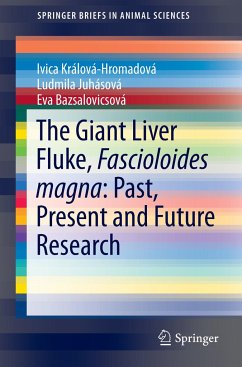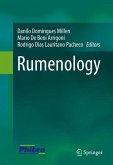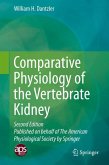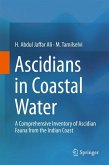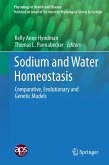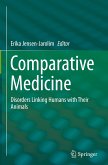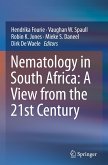This monograph presents complex data on Fascioloides magna from all aspects of its research (general information, distribution, spectrum of hosts) and summarizes the latest information on molecular structure of informative genes which were recently applied in resolving taxonomy and biogeography of this veterinary important parasite. The giant liver fluke, Fascioloides magna, is important liver parasite of free-living and domestic ruminants. Due to its biology, distribution, medical impact, and invasive character, this liver fluke attracts attention of wide spectrum of specialists - veterinary doctors, hunters and farmers, as well as scientists. The parasite utilizes wide range of free living and domestic ruminants as definitive hosts, with various pathological impacts ranging from moderate infections towards lethal effects. Fascioloides magna is of North American origin where it occurs in five enzootic regions. It was introduced to Europe along with its deer hosts in 19th centuryandit has established three permanent natural foci. The giant liver fluke represents an outstanding model for studying the origin, spatial distribution, migratory routs, and invasion processes of introduced species.
Bitte wählen Sie Ihr Anliegen aus.
Rechnungen
Retourenschein anfordern
Bestellstatus
Storno

